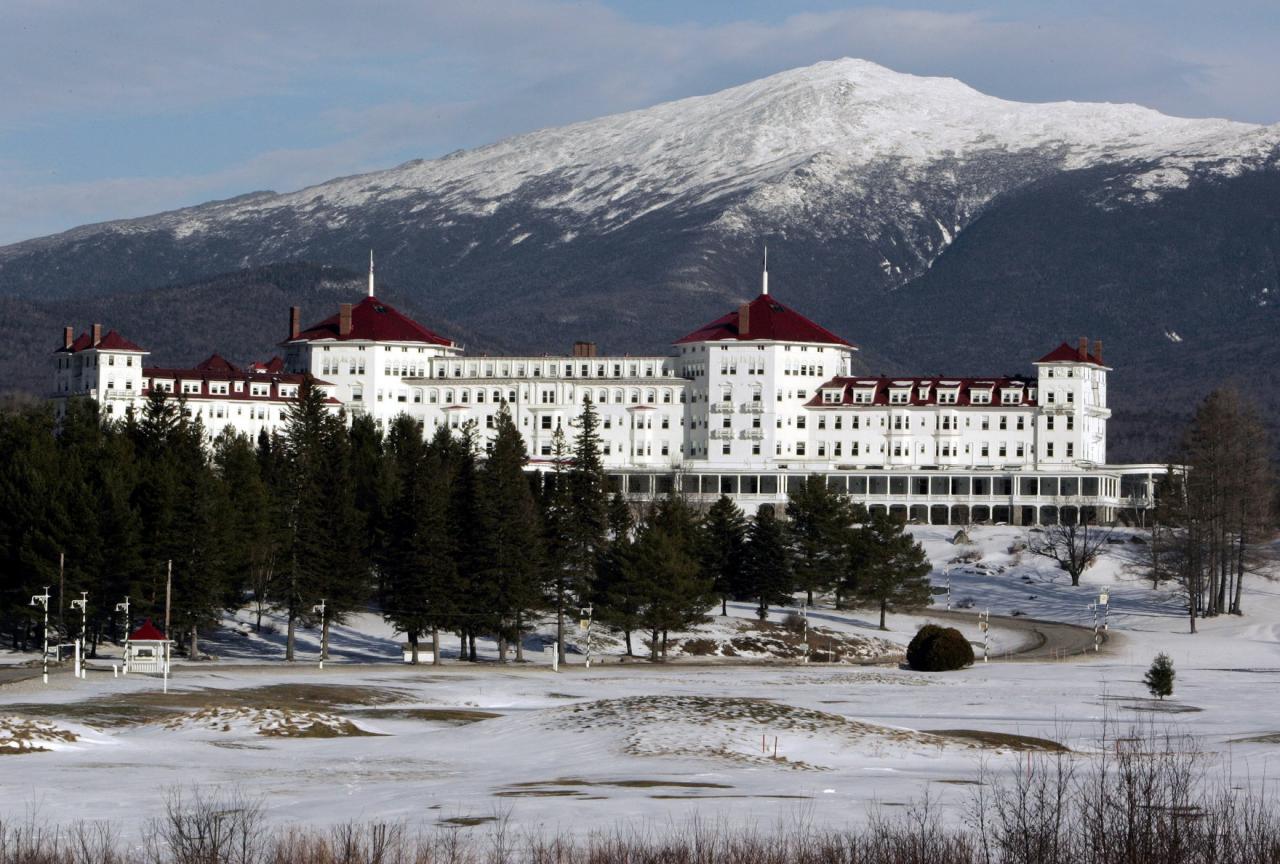In an essay on the revived Bretton Woods system, we delve into the fascinating history, key differences, and global impact of this re-emerging economic framework. From its origins to its potential future, this exploration promises to shed light on the complexities of international finance and its profound influence on our interconnected world.
The revived Bretton Woods system, a modern iteration of the post-World War II monetary order, has garnered significant attention in recent years. This essay aims to provide a comprehensive overview of this system, examining its historical context, key features, and implications for the global economy.
Bretton Woods: A Blast from the Past, Revived for a New Era
The Bretton Woods system, a brainchild of the post-World War II era, was an ambitious attempt to stabilize the global economy. Now, it’s making a comeback, promising to once again shape the world’s financial landscape. But this time, it’s not just a revival; it’s a reimagining, a 21st-century makeover of the original.
Historical Context
The original Bretton Woods system, established in 1944, was a system of fixed exchange rates. It aimed to prevent the economic chaos that had plagued the world during the Great Depression. Under this system, the value of each currency was pegged to the US dollar, which was itself pegged to gold.
This created a stable international monetary system that facilitated trade and investment.However, the Bretton Woods system eventually collapsed in the early 1970s due to several factors, including the Vietnam War, the rise of inflation, and the increasing demand for US dollars.
This led to a period of floating exchange rates, where the value of currencies was determined by market forces.
The Re-emergence of the Bretton Woods System
In the wake of the 2008 financial crisis, there have been growing calls for a return to a more stable international monetary system. This has led to the re-emergence of the Bretton Woods system, albeit in a modified form.The revived Bretton Woods system is based on the principles of the original system, but it is more flexible and adaptable to the modern global economy.
It retains the idea of fixed exchange rates, but it allows for greater flexibility in adjusting exchange rates when necessary.
Key Differences Between the Original and Revived Systems
- Flexibility:The revived system allows for greater flexibility in adjusting exchange rates, while the original system was more rigid.
- Reserve Currency:The revived system does not rely solely on the US dollar as the reserve currency, allowing for a more diversified international monetary system.
- Surveillance:The revived system includes a stronger surveillance mechanism to monitor and prevent financial imbalances.
The Role of the IMF and World Bank: An Essay On The Revived Bretton Woods System

The International Monetary Fund (IMF) and the World Bank play crucial roles in the revived Bretton Woods system.The IMF provides financial assistance to countries experiencing economic difficulties and helps them implement policies to stabilize their economies. The IMF also monitors the global economy and provides early warning of potential crises.The
World Bank provides loans and grants to developing countries to support economic growth and reduce poverty. The World Bank also provides technical assistance to help countries improve their economic policies and institutions.
The Impact of the Revived Bretton Woods System
The revived Bretton Woods system has the potential to significantly impact the global economy.
- Increased Stability:The system aims to provide greater stability to the international monetary system, reducing the risk of financial crises.
- Enhanced Trade:A more stable monetary system can facilitate trade and investment, leading to increased economic growth.
- Reduced Poverty:The World Bank’s role in providing assistance to developing countries can help reduce poverty and improve living standards.
- Implementation:Implementing the revived Bretton Woods system will require cooperation from all major economies.
- Enforcement:Ensuring that countries adhere to the rules of the system will be a challenge.
- Global Economic Growth:The success of the revived Bretton Woods system will depend on the overall health of the global economy.
- Increased Global Cooperation:The system can foster greater cooperation among countries on economic issues.
- New Challenges:The system will need to adapt to new challenges, such as the rise of cryptocurrencies and the growing importance of emerging markets.
- Long-Term Impact:The long-term impact of the revived Bretton Woods system will depend on its ability to maintain stability and promote economic growth.
Challenges and Opportunities, An essay on the revived bretton woods system
The Future of the Revived Bretton Woods System
The future of the revived Bretton Woods system is uncertain. However, it has the potential to play a significant role in shaping the global economy in the years to come.
Closing Notes
The revived Bretton Woods system stands as a testament to the enduring need for international cooperation in managing the global economy. As we navigate the challenges and opportunities of the 21st century, the system’s future remains uncertain, shaped by factors such as geopolitical shifts, technological advancements, and evolving economic dynamics.
By understanding the intricacies of this system, we can better prepare for the complexities that lie ahead and harness its potential to promote global economic stability and prosperity.
FAQs
What are the key differences between the original and revived Bretton Woods systems?
The revived system features greater flexibility in exchange rate arrangements, allowing countries to choose between fixed and floating exchange rates. It also emphasizes the role of market forces in determining currency values.
What is the role of the IMF in the revived Bretton Woods system?
The IMF plays a crucial role in monitoring global economic conditions, providing financial assistance to countries facing balance of payments problems, and promoting sound economic policies.
What are the potential challenges facing the revived Bretton Woods system?
The system may face challenges such as geopolitical tensions, the rise of digital currencies, and the increasing interconnectedness of the global economy.